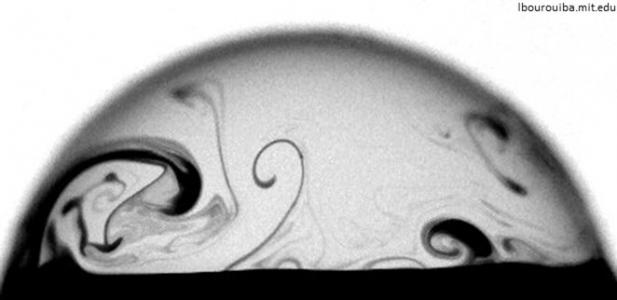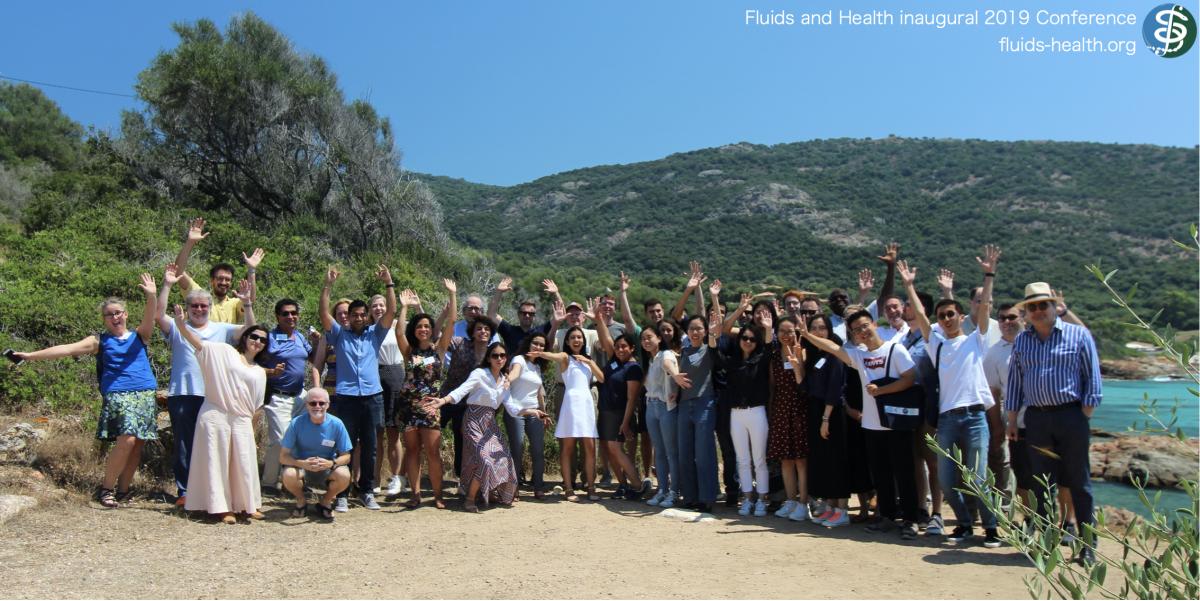Fluid Physics and Biophysics:
- Interfacial flows: pathogen-fluid interactions in bubbles, drops and films
- Fluid fragmentation and droplet formation leading to air contamination
- Turbulence and multiphase flows
- Mixing, transport, and pathogen deposition and contamination
- Hydrodynamic instabilities and waves
- Viscoelastic and rheology, biological and complex fluids
- Phase change and soft matter
Health, Disease Transmission
- Contact dynamics and pathogen transport
- Nosocomial diseases, respiratory diseases, waterborne diseases, and foliar diseases
- Disease transmission and contamination in indoor environments, including hospitals.
- Medical devices and physiology
We use a combination of theoretical (applied mathematics, including differential equations, linear algebra, nonlinear dynamics, waves and stability) and experimental approaches (flow visualization, high speed imaging techniques, microscopy, image processing) to elucidate the fundamental physical mechanisms of transmission of nosocomial diseases, respiratory diseases, waterborne diseases, and foliar diseases where fluids are ubiquitous and to design and formulate new control strategies.
Visit our LAB YouTube Channel for related materials.
Highlight of the research methodology, scope and goals:
Community activities, mentoring and teaching:
OPENINGS: Please contact us for inquiry about openings of Postdoc, Staff, Graduate Researcher, and Internship positions in our Fluids and Health Network.



